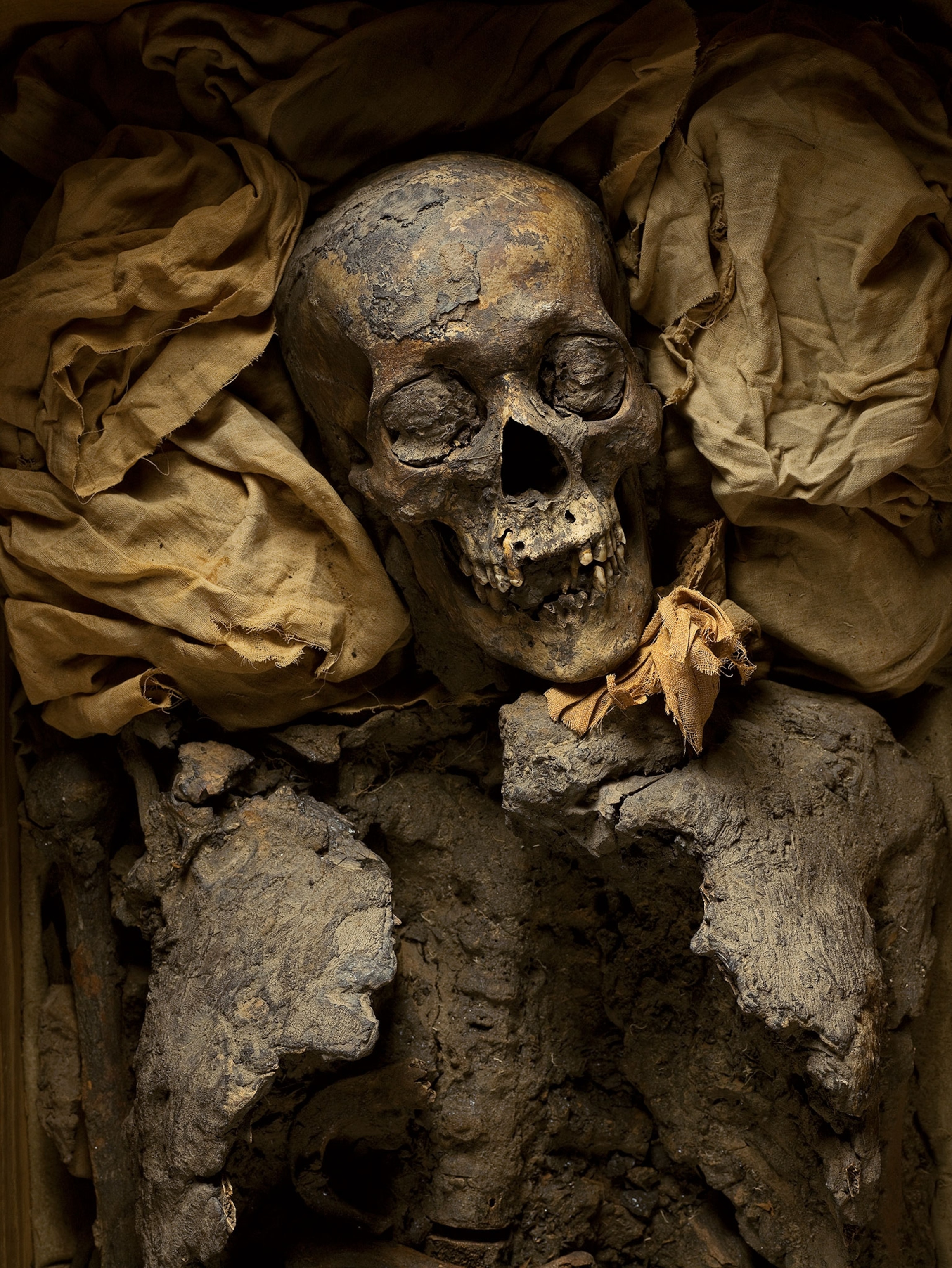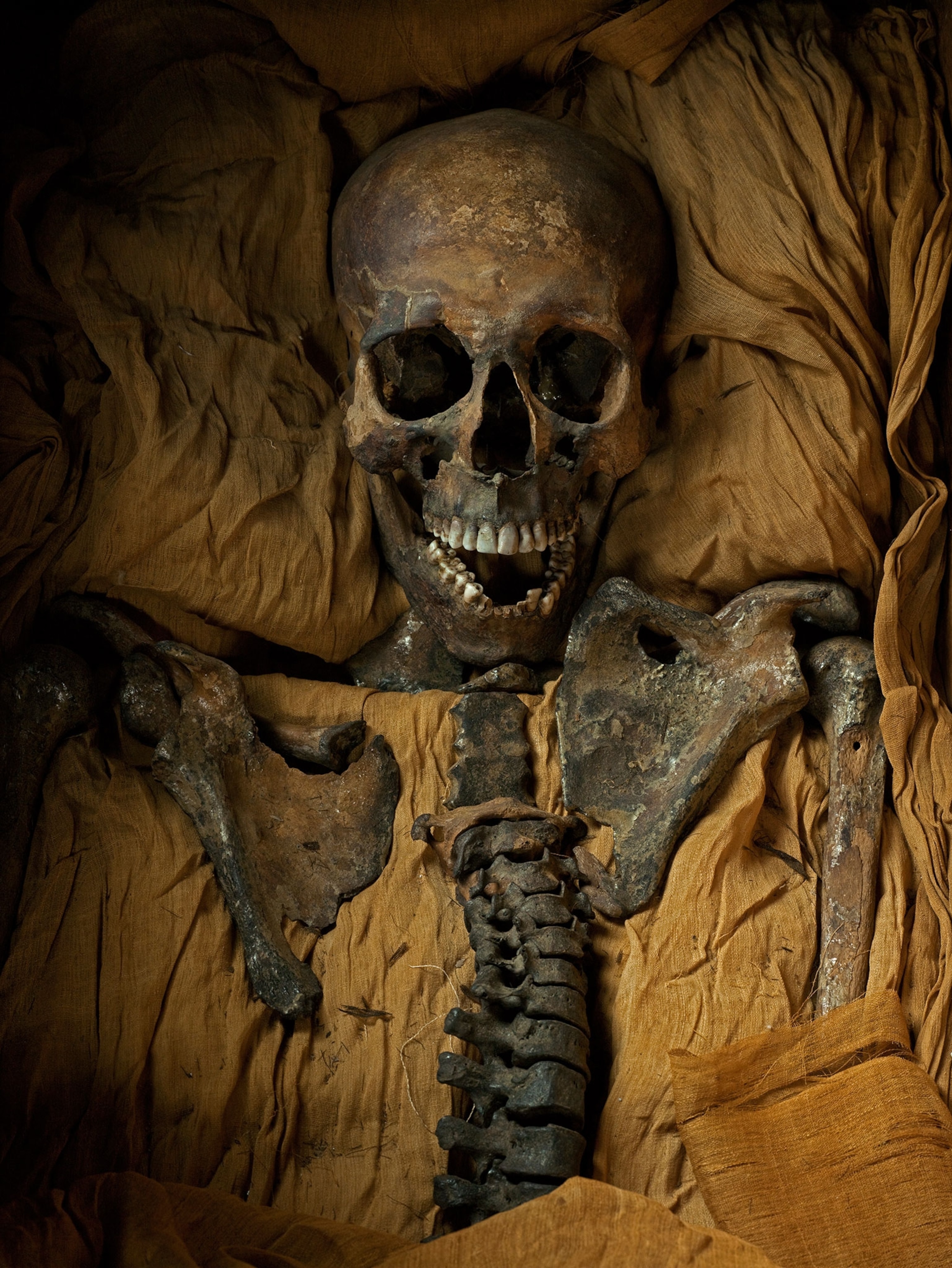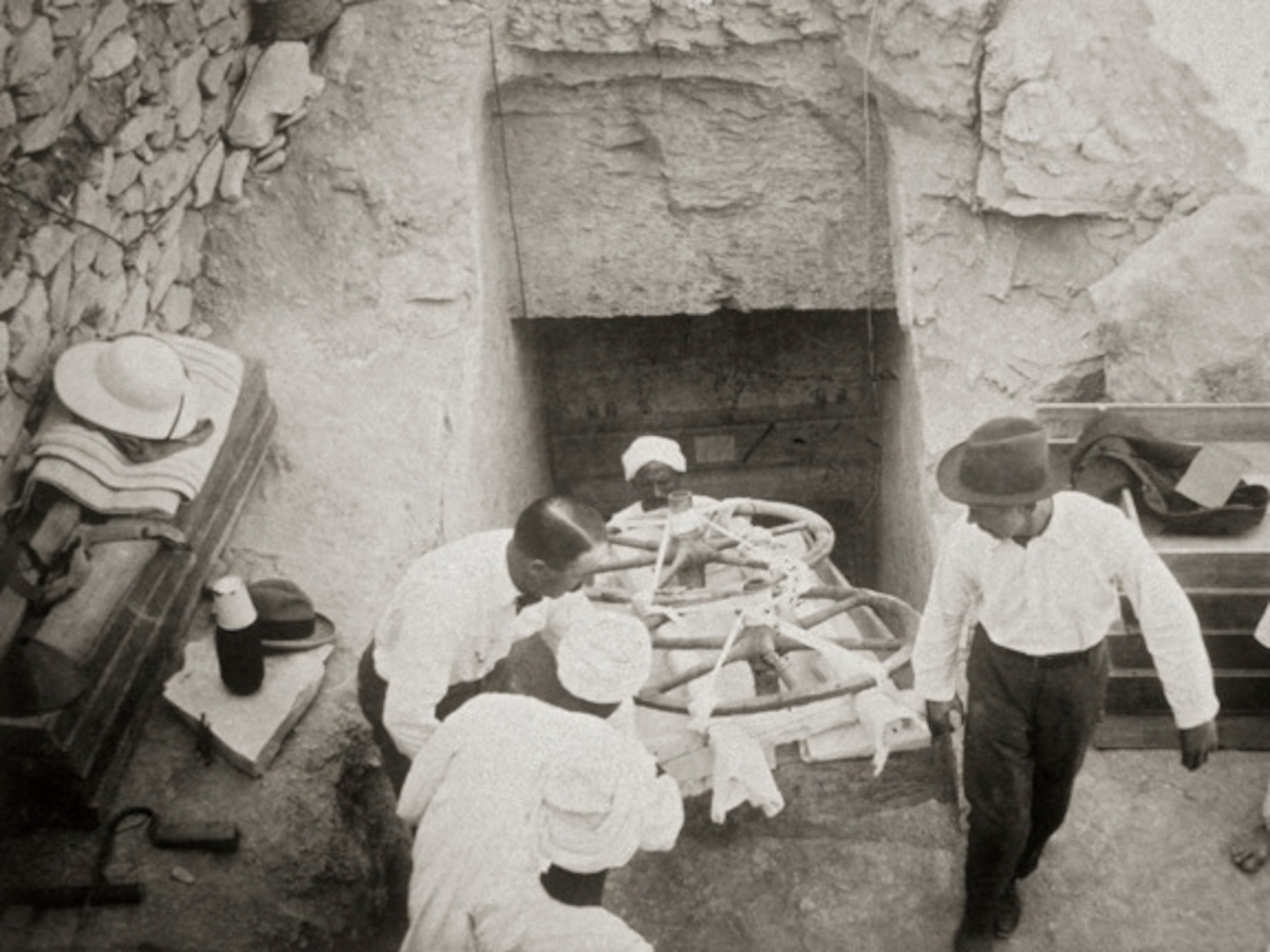
Infrared Scans Show Possible Hidden Chamber in King Tut’s Tomb
The room may conceal the burial chamber of Queen Nefertiti, but further tests are necessary.
The Egyptian Ministry of Antiquities has just announced that a scientific team has found initial evidence of what might be a hidden chamber in the tomb of King Tutankhamun. [Update: See video below.]
A survey of the tomb was conducted using infrared thermography, which measures temperature distributions on a surface.
According to Mamdouh el-Damaty, the Minister of Antiquities, “the preliminary analysis indicates the presence of an area different in its temperature than the other parts of the northern wall.” One possible explanation is that the variation in temperature is, in effect, an infrared shadow of an open area behind the wall.
The finding is consistent with the theory of archaeologist Nicholas Reeves, who, earlier this year, published a paper in which he claimed that the tomb of the 18th-Dynasty pharaoh includes two doorways that were plastered and painted over.
The doorways, Reeves argues, are among several clues indicating that the tomb was originally built for Nefertiti, who died in 1331 B.C. She was the principal wife of Akhenaten, who is believed to have fathered Tutankhamun with another wife.
Built for a queen?
If Reeves is right, it would be the culmination of a personal quest. He searched for the queen’s tomb when he was the director of the Amarna Royal Tombs Project from 1998 to 2002.
"My strong feeling is that Nefertiti may well be buried somewhere in the Valley of the Kings," he once told PBS. "It would be wonderful to find Nefertiti's tomb, because not only is this a person of the greatest historical importance, but it's a period of the most superb art."
Today, Reeves believes that Nefertiti’s tomb has been hiding in plan sight. He made his discovery when Factum Arte, a Spanish group specializing in the replication of artistic works, conducted detailed scans of Tutankhamun’s tomb.
The high-resolution images were used to create a nearby facsimile to accommodate the mobs of tourists who visit Egypt’s Valley of the Kings to see the final resting place of the boy pharaoh. But, last February, upon examining the scans, Reeves saw fissures that he thinks indicate the presence of two sealed doors in the tomb's north and west walls.
The smaller of the two, he says, likely leads to a storeroom. But the larger one is fit for a queen.
In his research paper, Reeves suggests that Nefertiti was interred first, and that the entrance to her chamber was later plastered and painted over.
But, he adds, portions of a scene painted in Tut’s chamber depict figures whose faces have physical features traditionally associated with portrayals of Nefertiti, including “a somewhat scooped brow and nose and a straight jawline with gently rounded chin.”
Reeves cites the size and layout of the tomb as further supporting evidence. With only four rooms, it’s smaller than that of other pharaohs, suggesting that it’s part of a more expansive structure.
The infrared scans that hint at the presence of a chamber, however, are not conclusive. “A number of experiments will be carried out to determine more accurately the area marking the difference in temperature,” says el-Damaty, who adds that it will take a week or more using the thermography equipment to confirm the results.
The ongoing investigation—supported, in part, by the National Geographic Society—is being documented for an upcoming National Geographic Channel special to premiere globally in 2016.











